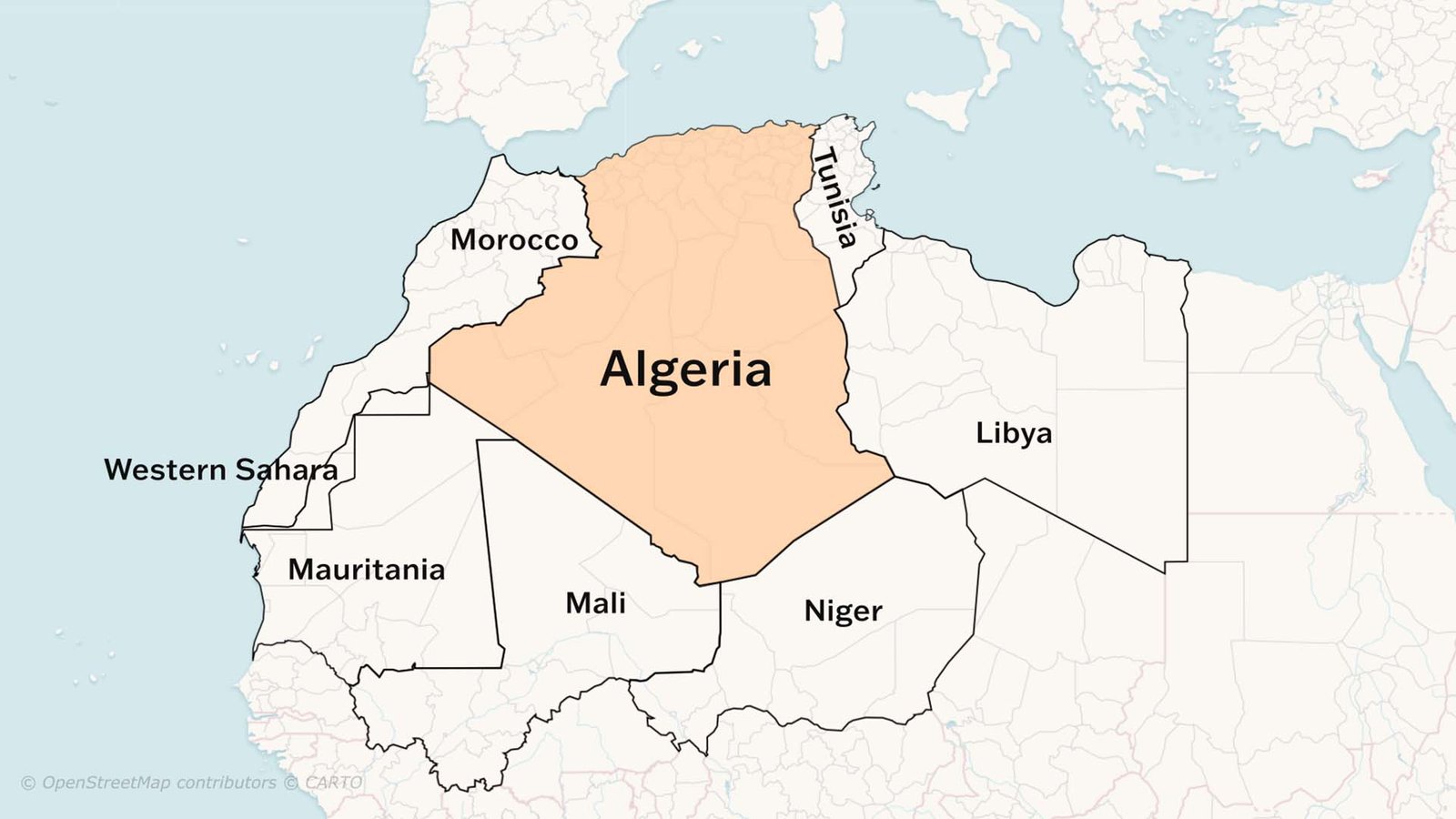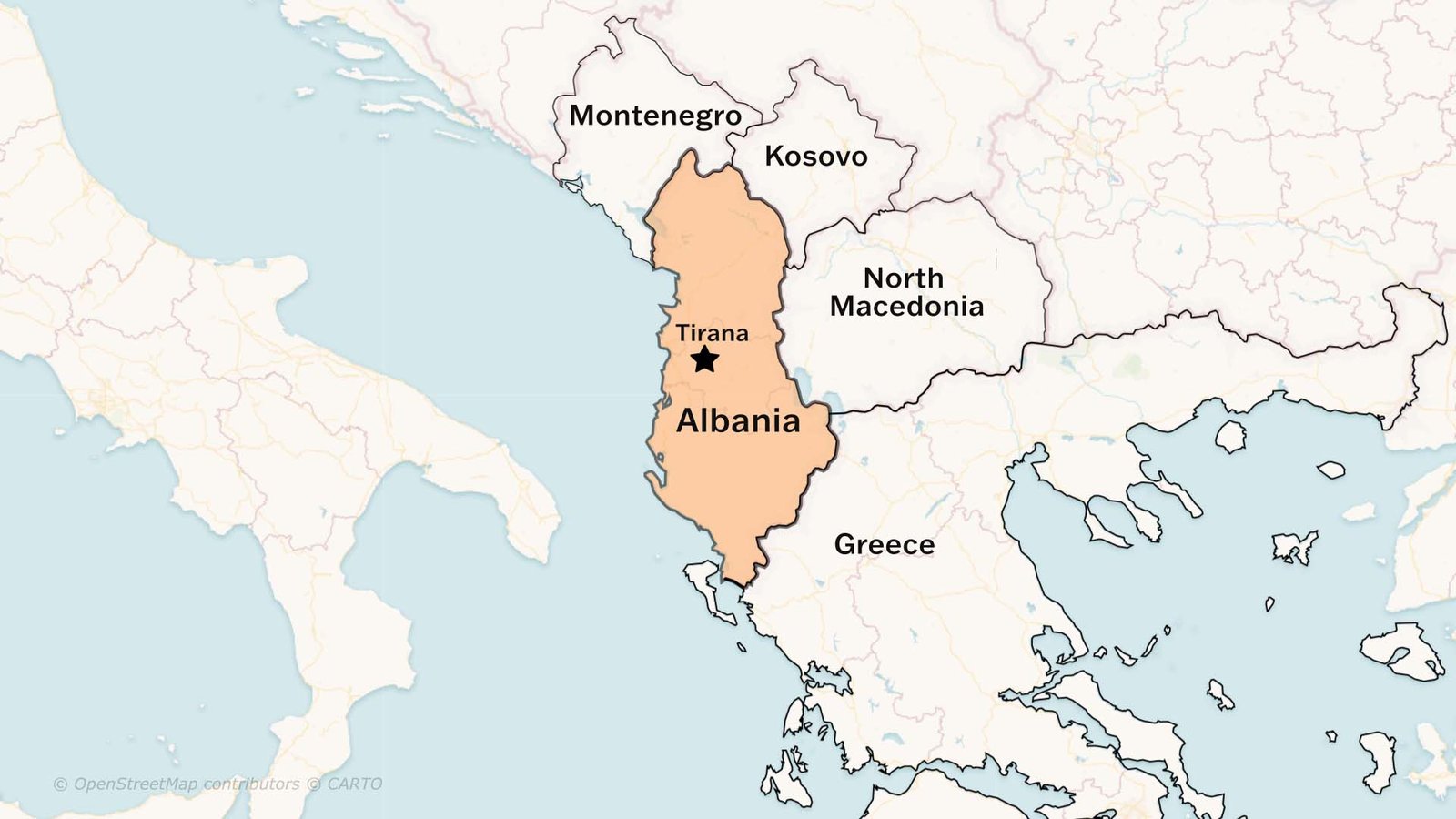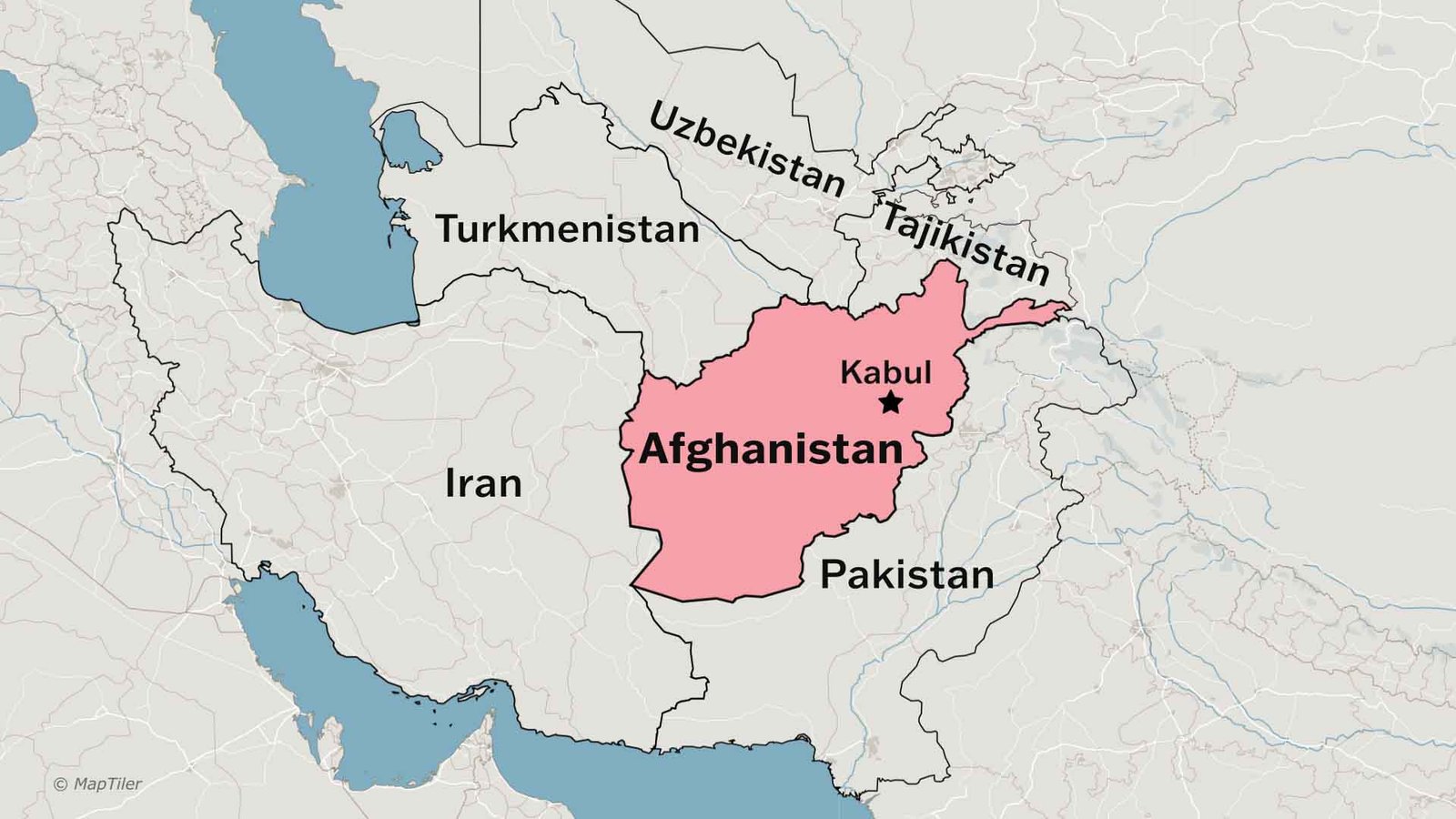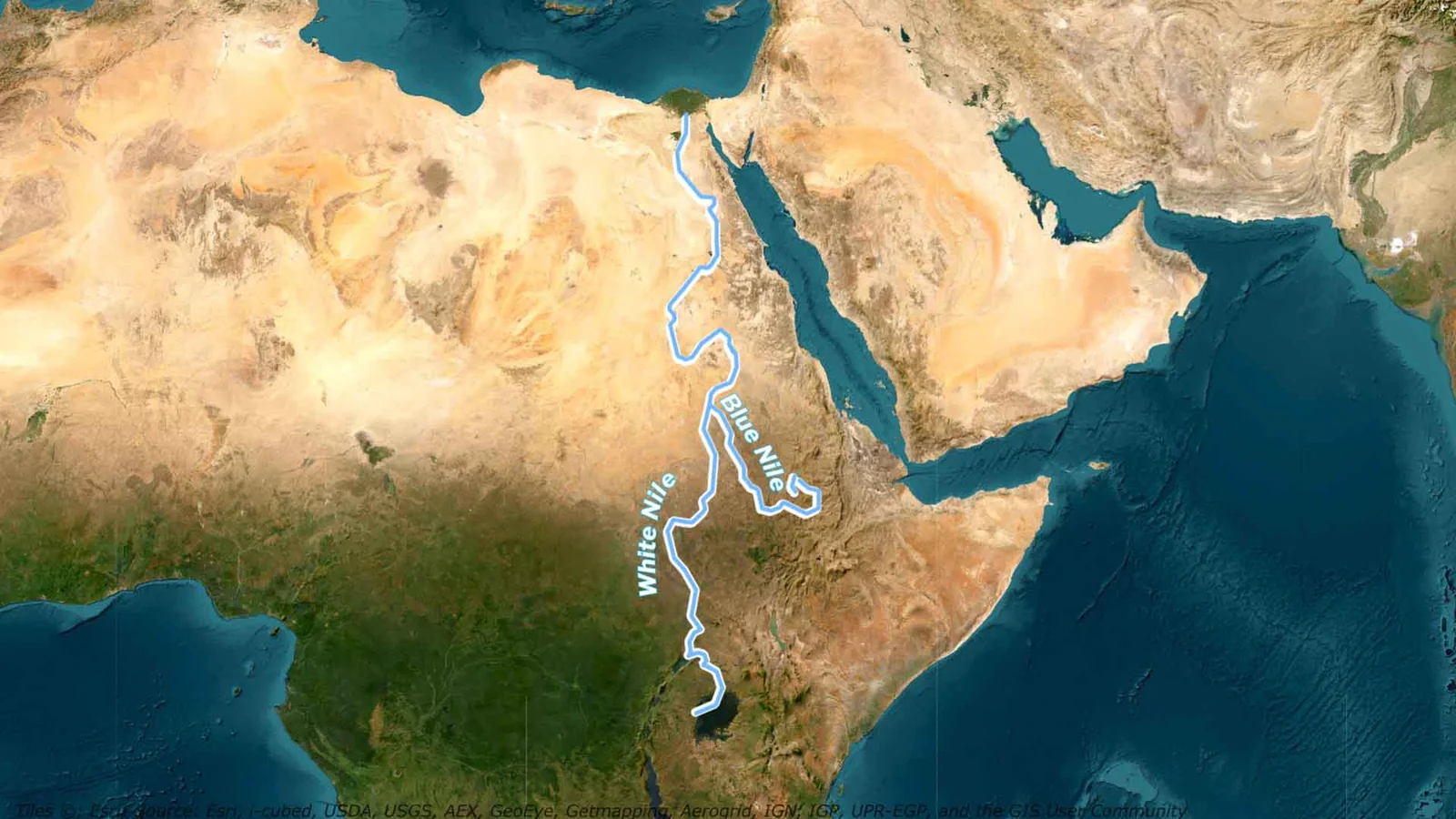Let us understand why did Mughal Empire fell so easily. What was the reason behind the decline and eventual fall of a mighty empire that once stretched across the subcontinent
In our last session, we explored how the Mughal Empire began to unravel following the death of Aurangzeb in 1707. His sons were fighting for the throne, regional states like the Sikhs, Marathas, and Jats had risen in rebellion, and European trading companies were tightening their grip on India’s coastal regions.
In this chapter of Modern Indian History, we dive deeper into the key factors that led to the collapse of one of the most powerful empires in Indian history. These include the fanatical policies of Aurangzeb, weak successors, frequent wars of succession, foreign invasions, the jagir crisis, military decline, administrative inefficiency, and the arrival of European powers.
Let’s explore each of these causes one by one.
1. Weak Successors
2. Fanatical Religious Policies of Aurangzeb
Under Akbar, Jahangir, and Shah Jahan, the Mughal state was largely secular. Aurangzeb, however, reintroduced jizya, destroyed temples, and alienated many Hindu rulers. Although later Mughals reversed some of these policies to gain support, the damage had been done. Historian Bipan Chandra notes that Indian society was divided more by class than religion: the upper-class elites (both Hindu and Muslim) ruled over a poor majority of peasants and artisans. Still, Aurangzeb’s religious orthodoxy triggered revolts by the Rajputs, Sikhs, Jats, and Marathas, weakening the empire from within.
3. Succession Rules
First of all, Aurangzeb left the scene with many unresolved problems, and there was no clear line of succession. Whenever a king died, the empire plunged into civil war. As a result, many able generals, cavalrymen, soldiers, infantry, and artillery were lost. You can compare it to a situation where, after a father’s death, his sons start fighting over property—when their real duty should be to care for the family. Similarly, Mughal princes fought for power when their job was to absorb the shock of transition, not to create further chaos.
The underlying philosophy was that the strongest prince should rule—but this approach crippled the economy and caused massive losses. In the 10–12 years following Aurangzeb’s death, the Mughal Empire saw six different rulers, and such frequent wars of succession severely weakened the government’s stability. Factions began to emerge within the Mughal court. If the nobility itself was fragmented, it’s obvious that the empire would be fractured across its vast geography, due to divergent loyalties among officials. This situation leads us to the next major cause of the empire’s decline.
4. Degenerated Nobility
The weakness of the rulers could have been successfully compensated for by an alert, efficient, and loyal nobility. However, the nobles were more interested in luxurious lifestyles than in governance. It’s not that there was a shortage of capable military commanders—leaders like Zulfiqar Khan, the Sayyid Brothers, and Chin Qilich Khan were all talented. But the real issue was that they prioritised personal gain over service to the empire.
The degeneration of the rulers was mirrored by the degeneration of the nobility. Ambitious nobles conspired against able men like Zulfiqar Khan. The Sayyid Brothers toppled emperors at will, while Chin Qilich Khan went so far as to carve out his independent state. Most nobles became selfish, driven by personal ambition, and showed little devotion to the empire—further contributing to the decline and fragmentation of Mughal authority.
5. Expansionist Policy
Aurangzeb inherited a vast empire, yet he was determined to expand its boundaries even further. However, the existing transport and communication systems were inadequate to govern such an extensive territory. Effective administration of a large empire requires robust communication lines between the centre and the periphery.
For instance, when the British ruled India, from NWFP to Burma and Kashmir to Kanyakumari, they relied on telegraph lines as the backbone of their communication system. These lines enabled rapid coordination and helped maintain centralised control. In contrast, the Mughals lacked such technological infrastructure. There was no significant investment in research or innovation during the Mughal era, while the Europeans were far more advanced in science, engineering, and statecraft.
6. Deccan Policy
Aurangzeb’s refusal to accept the Maratha regional autonomy pushed the empire into civil war. In contrast, when Akbar faced similar situations, he formed alliances with the Rajputs, integrating them into the imperial structure. Aurangzeb, however, was ill-advised and chose confrontation over compromise. His Deccan policy proved to be a complete failure.
The fall of the Qutubshahi and Adilshahi kingdoms eliminated crucial buffer states between the Marathas and the Mughals. Aurangzeb’s prolonged military campaigns in the Deccan drained the empire’s resources. The region’s trade, commerce, and industry were devastated, and many able generals and cavalrymen lost their lives on both sides.
In the years that followed, the Maratha expansion into northern India further weakened the already fragile Mughal state. Ultimately, foreign invasions delivered the final blow to the disintegrating empire.
7. Jagir Crisis
As discussed earlier, the Mughal nobility became increasingly selfish, focusing on consolidating jagirs for their benefit rather than serving the empire. However, land was limited, and it was impossible to satisfy all nobles. Those who did receive jagirs tried to maximise their income at the cost of the peasantry.
To increase profits, many jagirdars reduced their military obligations, especially the number of cavalrymen (sawar), so they could avoid paying higher salaries. This directly weakened the military strength of the empire.
In an attempt to strengthen the administration, rulers tried to recruit more jagirdars instead of consolidating the position of existing ones. To accommodate this, they even began distributing Royal Land (Khalisa land)—land meant to generate direct revenue for the state. As a result, revenue from Khalisa land declined, further depleting the state treasury.
The Jagir crisis not only reduced royal income but also undermined the military capacity of the Mughal Empire. Being a war-based state, this decline in cavalry and military preparedness proved disastrous as corrupt jagirdars prioritised profit over defence, accelerating the empire’s collapse.
8. Ijaradari System
After Aurangzeb’s death, the Ijaradari system was introduced, where middlemen (ijaradars) paid a fixed amount to the state and were free to extract as much as they wanted from peasants. This led to increased exploitation and alienated the rural masses, further eroding the empire’s support base.
9. Peasant Uprisings (Satnami, Jat, Sikh)
These uprisings were driven by oppressed peasants fed up with exploitation by Mughal officials, zamindars, and nobles. Major revolts occurred near Delhi, especially by the Satnamis, Jats, and Sikhs. The repeated rebellions weakened central authority and exposed the fragility of Mughal control.
10. Military Weakness
The Mughal state was essentially a war-based empire, with the military serving as its backbone. However, over time, the army deteriorated further, and the Jagir crisis made matters worse. Jealousy and mutual rivalries among commanders reduced the prestige of the Mughal military. Discipline declined, morale weakened, and the once-formidable force became ineffective, ultimately contributing to the empire’s downfall.
11. Successor States
Provinces like Hyderabad, Bengal, and Awadh began governing themselves while nominally accepting Mughal authority. Though they didn’t challenge sovereignty openly, their independence made the central empire appear increasingly irrelevant.
12. Rise of New Regional Powers
New states like the Marathas and Sikhs sensed Mughal weakness and expanded rapidly. Though the Mughals tried to pacify them, they only grew more assertive, further diminishing the empire’s influence.
13. Foreign Invasions
Invaders like Nadir Shah and Ahmad Shah Abdali dealt the final blows. They attacked Delhi multiple times, looted the capital, and left the empire bleeding. Like regional powers, they recognised the Mughal decline—but while they could destroy, they could not rebuild or replace the empire with anything stable or modern.
14. The Missed Opportunity for Transformation
Although invaders and regional powers contributed to the Mughal collapse, none could offer a meaningful alternative. Had they succeeded in building a new empire, it might have resembled the Mughals—socially stagnant and politically backwards. Some historians argue India might have evolved like Meiji-era Japan, but that’s a debate for another time.
15. Rise of the British
This vacuum was filled by the British, who arrived with economic efficiency, advanced technology, and military power. Their goals were trade and domination—and they succeeded. After the Revolt of 1857, the last Mughal ruler was exiled to Burma, and India came under direct British rule.
Conclusion
These were the primary causes of the decline of the Mughal Empire. From its ashes rose a patchwork of independent states—Bengal, Awadh, Hyderabad, Mysore, and the Maratha Kingdom. But these kingdoms stood in the path of the British, who would soon begin their journey toward becoming the next pan-Indian empire.
In our next session, we’ll begin tracing how the British captured these states one by one, setting the stage for the colonial era that followed.
To understand the events before 1707 AD read this post
Hope you found this session informative. See you soon in the next one.








